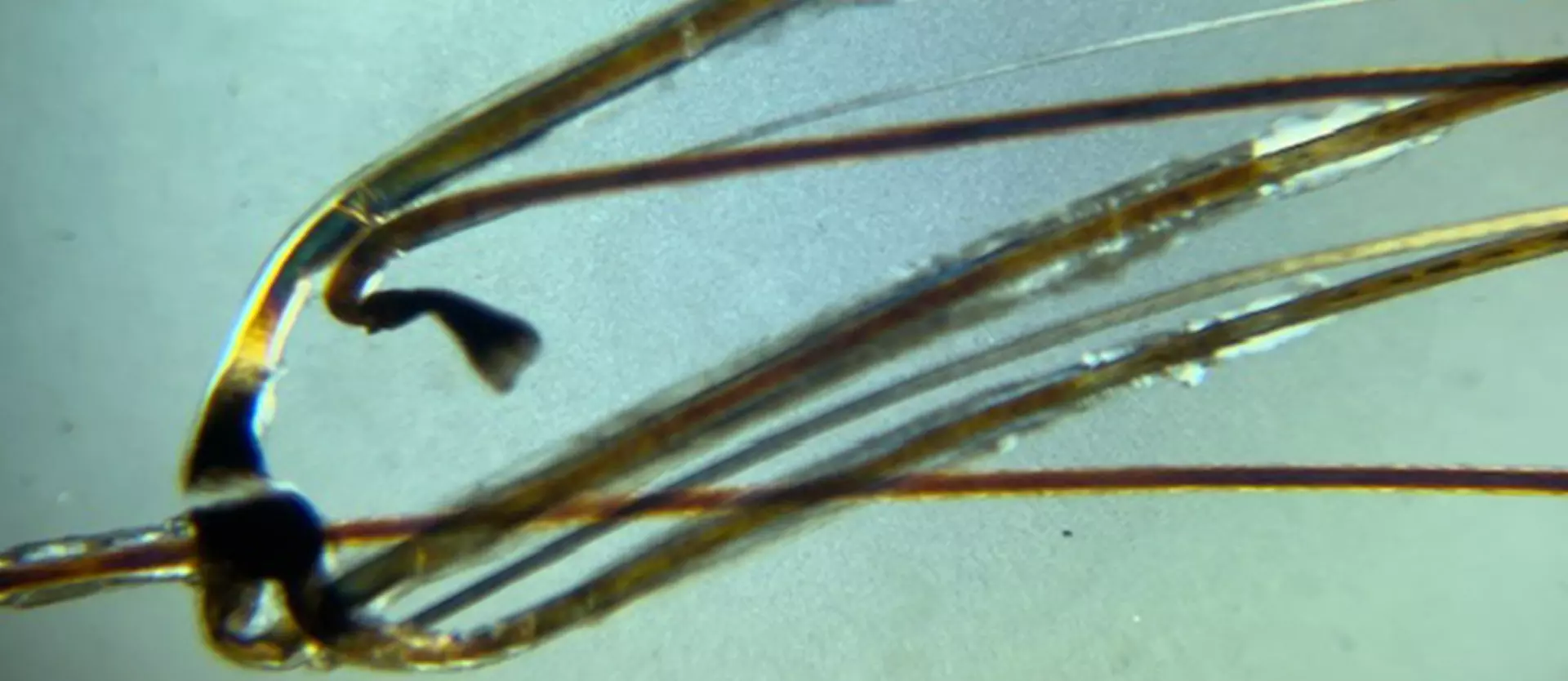Few people will have heard of polarized light microscopy, even though it has a role to play across many industries. These industries are as diverse as geology and biology, with many others in between.
But you’re here to read blog posts about hair care, so how does this technology fit into this topic?
That’s what we are going to find out, so let’s see what we can learn, and how that knowledge might provide a path toward hair loss prevention and solutions.
How Does This Form of Microscopy Work?
If you want to take a closer look at a human hair, you’d put it under a microscope. Most of us can understand that basic idea. However, there is a difference between unpolarized light and polarized light. That difference effects the outcome of what someone sees under the microscope.
Unpolarized light vibrates in multiple planes, whereas polarized light vibrates on just one plane. What does this mean? For our purposes, it’s enough to say that the quality of the resulting image using polarized light microscopy is far better than it would be if the light was unpolarized. Image contrast is also superior, giving more overall detail and a close-up look at a single hair shaft. Some of the photos available online are quite beautiful, showing a single hair in a manner you’ve never seen before.
How Is Hair Linked to Polarized Light Microscopy?
While many people have healthy hair they’re happy with, there are all kinds of problems that can occur at one stage of life or another. For example, alopecia can occur when the immune system turns on the body’s hair follicles, causing hair loss in the affected areas. Medical hair loss is difficult for many people to cope with, for obvious reasons.
Some hair conditions are congenital, so they’re there from birth. Others develop during someone’s lifetime. The good news is that polarized light microscopy can help identify and diagnose a range of abnormalities of the hair, simply by examining the hair shaft and root under a microscope that uses polarized light.
Learning More About the Hair Using a Trichogram
Yes, another new word – and this word explains the process of examining a hair removed from the scalp, thereby including the bulb at the end as well (this is made from keratin).
Alopecia occurs for all kinds of reasons. Some people experience it because of a medical condition, while others may notice hair loss caused by stress or hormonal changes. It’s more common for men to experience alopecia, but female alopecia can occur as well.
A trichogram performed via polarized light microscopy allows a specialist to more closely examine the hair. This can provide clues that may help identify the cause of alopecia. If this is done soon after the individual notices they are beginning to lose some hair, it may help identify hair loss solutions that can help stop alopecia in its tracks. In some cases, the specialist may identify hair growth (anagen) that is experiencing problems. They may spot a shortened hair follicle or even lines of a different color cutting across the hair shaft itself.
It’s a little like taking a slice of a tree and examining it to see its history and what has happened to it in the past. A trichogram does the same thing but with one or more hairs from the person’s head. By looking at the condition of each hair and its follicle, it is possible to determine whether there is a specific cause for any hair loss or other problems the individual is experiencing.
This in turn will make it easier for the specialist to recommend hair loss solutions to encourage better and stronger hair growth in future.
What Does the Future Hold for Polarized Light Microscopy?
We’ve seen how useful this technique is when considering what might be causing hair loss. There are certain things we can see and do simply from looking at the hair and seeing where the hair loss is occurring. However, for a more in-depth look at hair problems and the exact state of one or more individual hairs, there is no doubt that polarized light microscopy is an essential tool.
At Unique Hair Concepts we are proud to offer Microscopy Hair Analysis utilizing Polarized light. To learn more about this in depth analysis, contact the team at Unique Hair Concepts to schedule an in-person consultation.






